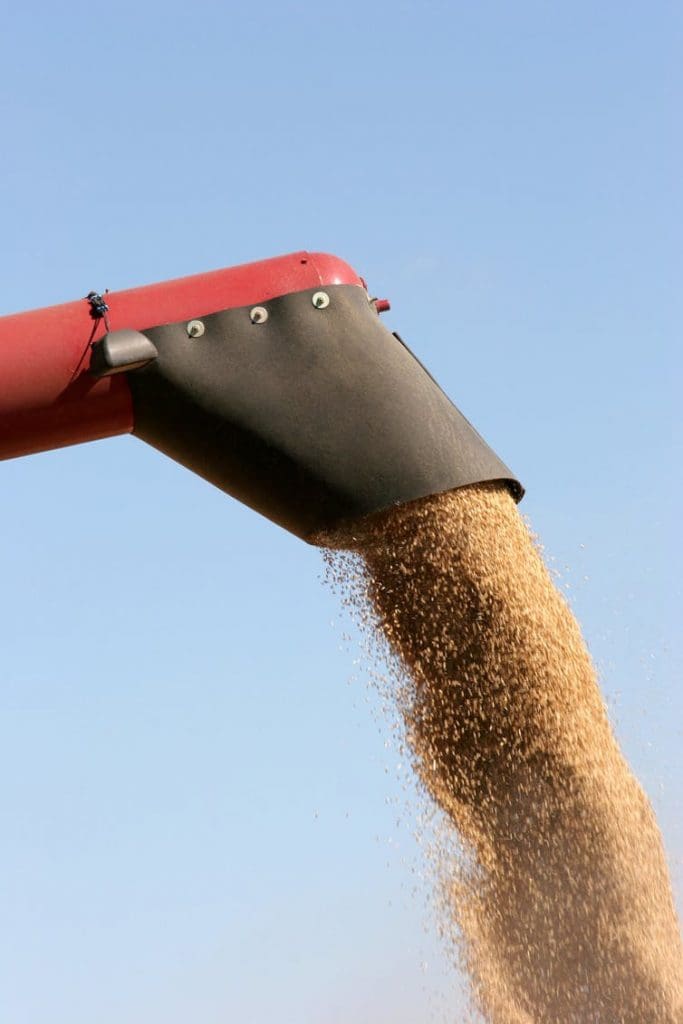THE fierce and long-running impact of drought in eastern Australia has hit home in GrainCorp Limited’s half-yearly results released today.
 The company has reported underlying earnings before interest, tax, depreciation and amortisation (EBITDA) for the six months to 31 March 2019 of $27 million, which compares with the corresponding FH18 result of $119M.
The company has reported underlying earnings before interest, tax, depreciation and amortisation (EBITDA) for the six months to 31 March 2019 of $27 million, which compares with the corresponding FH18 result of $119M.
GrainCorp’s underlying net loss after tax of $48M for FH19 compares with the $36M net profit after tax in the 2017-18 period, and factors in a loss of $82M on grains.
“This is the big impact,” GrainCorp chief executive officer Mark Palmquist said.
The company said the results reflect a particularly challenging period in grains and oilseeds, including severe drought conditions in eastern Australia, and disrupted grain flows.
“East-coast Australian grain production was the lowest in over a decade, and this has had a significant unfavourable impact on both our grains and oilseeds businesses,” Mr Palmquist said.
Global disturbance
Mr Palmquist said the impact of global trade disturbances in the reporting period had been limited to its final weeks.
“They’ve been going on for past year, but they have not been impactful on Australia until very recently.
“Globally, we have had disturbances on sorghum, soybeans and barley.”
Mr Palmquist said some delays in shipments of barley to China, now in the midst of its anti-dumping investigation into historical pricing of Australian barley, had affected the grain industry by increasing domestic demand for barley because of its drop in price relative to wheat.
“It changed what was being used in feed ingredients in the east coast…and we had to change our supply chains.
“International trade issues will continue to be an ongoing area we have to watch.”
Lengthened supply chain
GrainCorp chief financial officer Alistair Bell said while GrainCorp would normally acquire grain when east-coast growers were selling, it had to book tonnage out of Western Australia when it became available to help cover the east-coast deficit.
“These past six months have been characterised by really tight grain supplies, and we’ve had to carry really high inventory levels at a time when commodity prices have been higher as well,” Mr Bell said.
Mr Palmquist said the effect of drought had meant GrainCorp had been focused on selling grain leaving its terminals in truckloads destined for domestic end users rather than vessels destined for export.
“It’s literally going out truck by truck for delivery to the customer, and then we get paid.”
Malt bright
Growth in revenue in GrainCorp’s malt division, which includes assets in North America and Europe, totalled $610M for FH19, up from $534M in FH18, with increased sales in the US craft beer industry supportive of the growth.
“There was continued positive performance from our Malt, Feeds and Bulk Liquid Terminals operations. Our Foods business also continued to achieve ongoing efficiency improvements.”
GrainCorp expects continued robust demand for malt products in the 2019 northern-hemisphere summer and further benefits to be derived from the continuous improvement program in foods during the second half.
The company has forecast global barley crop production at 141Mt in 2018-19, 3Mt below the FY18 figure.
Domestically, the high cost of energy used to malt barley has impacted on the division’s result.
“We’re still dealing with elevated energy costs in Australia; we certainly are looking for ways to improve our efficiency there.”
Planting progress
Mr Palmquist said rainfall over eastern states in recent weeks had allowed good progress in planting this year’s winter crop to be made.
“Some delays are sitting in Victoria right now, but there’s still plenty of time.”
Mr Palmquist said GrainCorp had recently done a study which looked at the impact of climate change impact up to 2050 on aspects of the grain industry including cropped area.
“What we found was that we could see a slight increase in east-coat Australia, and more volatility from year to year.”
He said this increased volatility was another reason for GrainCorp to look at a derivative.
The company expects the challenging conditions in eastern Australia to continue in the second half of 2018-19.
Planting for the winter grain crop is well under way in eastern Australia, however it is too early in the season to forecast grain production levels and the potential implications for GrainCorp.
GrainCorp’s FY19 full year performance remains subject to a range of variables, including receivals and terminal throughput in the second half of GrainCorp’s fiscal year, and the impact of global crush margins on Australian edible oils, as well as overall commodity-price and currency movements.
As a result of the half-year financial performance, GrainCorp’s Board of Directors has decided not to pay an interim dividend this period.
This compares with an interim dividend of 8 cents paid for FH18.

HAVE YOUR SAY